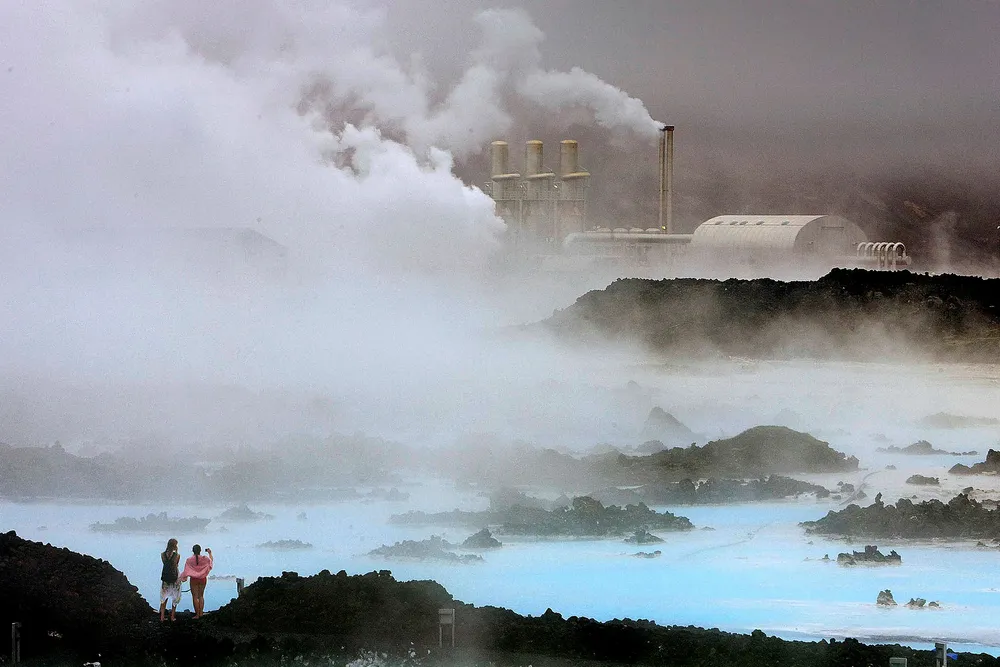Global fossil fuel industry is sitting on a potentially game-changing resource - and it's not oil or gas
Schlumberger-Thermal Energy venture GeoFrame Energy's targeting of deep geothermal resources in oil and gas basins could offer cheap source of renewables
